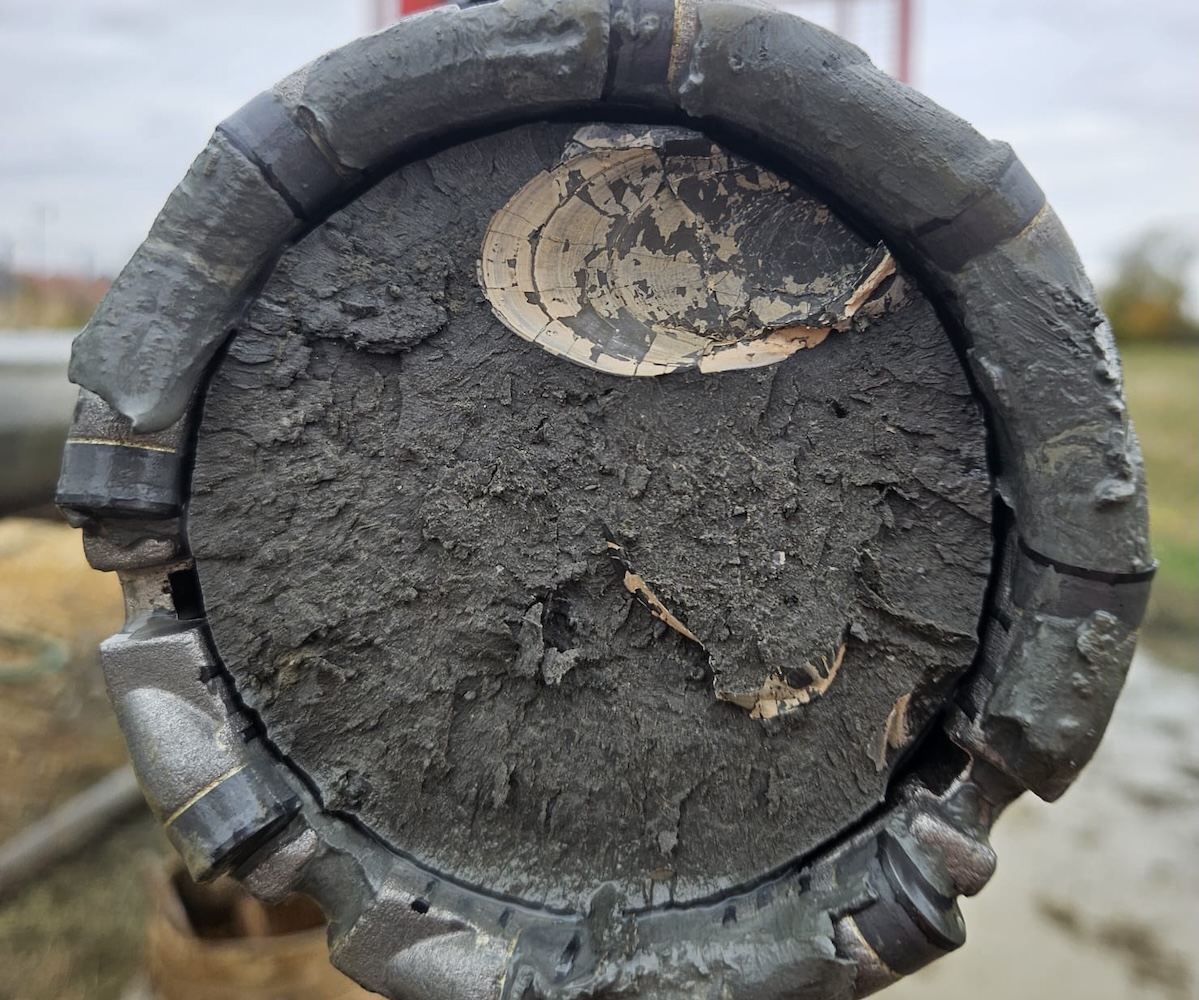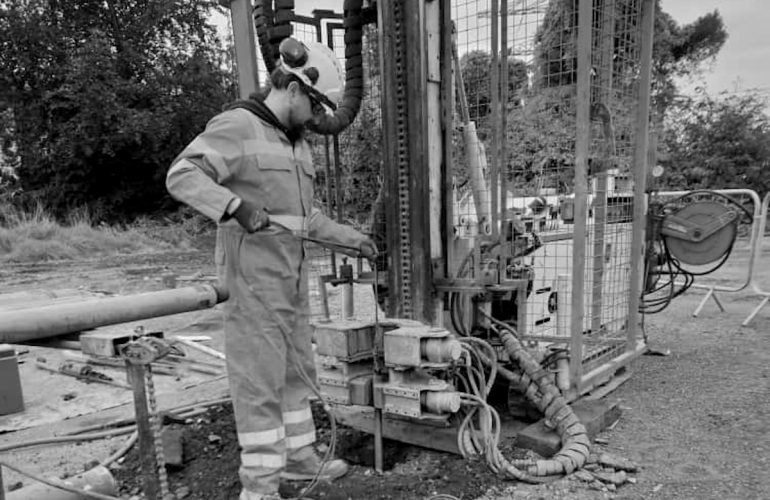Our latest geotechnical investigation took us to a rather unusual site with a fascinating geological history.
The site was once a gravel pit where aggregates were excavated and sold for use in concrete production. As is often the case, once the valuable material was removed, the resulting void was backfilled with available waste material. In this case, it was filled with pulverised fuel ash (PFA). PFA, a by-product of coal-fired power stations, was commonly used to infill quarries and pits during the mid to late twentieth century.
Fast forward to today and this reclaimed land is earmarked for housing development. However, fifteen metres of PFA is not an ideal foundation material. It has variable density, compressibility and moisture behaviour, which makes it difficult for geotechnical engineers to assign a reliable bearing capacity.
To ensure structural stability, piled foundations are typically required to transfer loads through the ash and into the competent strata below. In this case, our boreholes extended to around twenty five metres, eventually encountering a very stiff clay and mudstone layer which provides a much more reliable and suitable bearing strata.
While the engineering data was crucial, this borehole offered a little surprise of its own. Within the mudstone we discovered beautifully preserved shell fossils, remnants of prehistoric marine life that once inhabited the area millions of years ago.
Subadra: combining technical precision with a deep appreciation for the ground beneath our feet.




